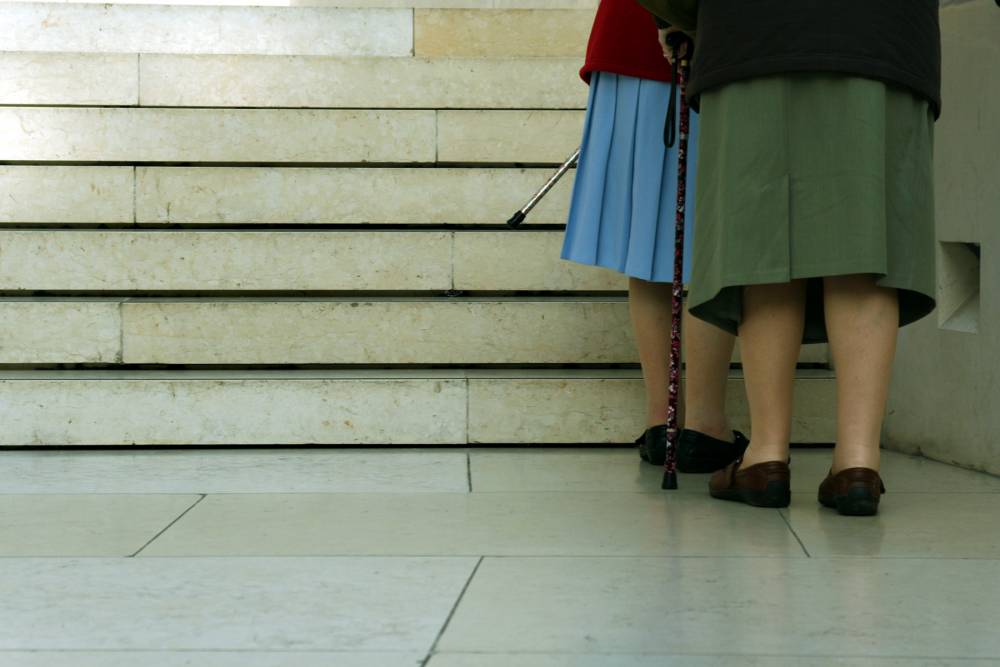
Findings from a disturbing new report into the prevalence of elder abuse in Australian aged care facilities have led to the introduction of a Serious Incident Response Scheme (SIRS) to better protect senior Australians.
The KPMG Report estimates that there were more than 52,600 incidents of violence and abuse involving people living in aged care last year, and the majority were resident-on-resident acts.
According to the report, more than 95 per cent of incidents involved residents using unnecessary force against each other, with 80 per cent of these cases involving hitting, kicking, biting, pushing, or burning.
Researchers also estimate that there were at least 1,730 cases of sexual abuse among aged care residents across a 12-month period. This equates to more than 30 cases per week.
According to Labor MP Julie Collins, the figures contained within this report were handed to the Morrison Government “more than six months ago”, before being brought to light on the eve of World Elder Abuse Awareness Day.
Ms Collins also noted that Labor had been calling for this type of scheme for more than three years following the Australian Law Reform Commission’s landmark investigation of elder abuse in Australia.
Minister for Aged Care and Senior Australians, Richard Colbeck, announced that the Serious Incident response Scheme (SIRS) will be rolled out on 1 July 2021, with an initial $23 million investment.
As part of the scheme, residential aged care providers will be required to manage all incidents, with a focus on the safety and wellbeing of consumers and reducing preventable incidents from reoccurring.
The Aged Care Quality and Safety Commission will receive incident reports and will have enhanced powers to administer the SIRS, including taking regulatory action where needed.
Reporting under a SIRS will include a broader range of incidents, including neglect, psychological or emotional abuse, and inappropriate physical or chemical restraint.
Significantly, it will also lift the current exemption on the reporting of resident on resident incidents, where the perpetrator has an assessed cognitive impairment.
According to a statement from Minister Colbeck’s office, the funding will allow for the provision of a prevalence and feasibility study to inform future Government decisions on the potential introduction of a SIRS in home and community aged care.
The package also includes funding to continue investigating the design, implementation, and regulation of a worker register for aged care.
Although research is limited, current estimates indicate that between two and 14 per cent of older people living in Australia experience abuse every year, with the prevalence of neglect possibly being even higher.
Unfortunately, elder abuse differs from other forms of abuse because it’s largely hidden.
Older people often don’t have the same connections in society as younger people – they don’t go to school or work – so there’s less opportunity for abuse to be identified, and seniors living with cognitive impairment are even more vulnerable.
Sadly, the place where elder abuse is most prevalent is in the victim’s home and these incidents are most often being perpetrated by a family member. The abuse can range in nature from financial, physical, psychological, emotional, sexual, and neglect.
Age Discrimination Commissioner, Dr Kay Patterson AO, recently described elder abuse as a “hidden human rights scourge,” noting that the additional financial pressures caused by lockdown are likely to have compounded the problem.
Experts agree that the best form of prevention against elder abuse in both the home and in care facilities is to educate people on how to recognise signs of elder abuse, and what to do if you suspect a problem.
One of the most innovative initiatives for preventing elder abuse originated in New York, where members of the community who regularly interacted with elderly people as part of their job, received training to help recognise the signs of abuse.
This program asked people working in roles like doormen, hairdressers, bank tellers, and meals on wheel staff to complete an online training course to detect elder abuse and then report things that raised suspicion.
The important role that a community plays in the shaping lives of children is well documented, but it appears that there needs to be a greater exploration of how we as Australians can rally around the older members of our society to ensure their safety and wellbeing.
Photo Credit – iStock – Roll6
Over the past three years we have had one case of staff on resident abuse (referred to police & terminated) & two cases of visitor on resident abuse (both of which were referred to the police & one resident is now under public trustee & guardianship). We have also had around seven cases where a resident with dementia has lashed out at another resident & caused an injury (all minor thankfully). On the other hand, we have had, in the last month alone, 13 resident on staff assaults which resulted in injury, one of which required hospital treatment. Should these cases also be reported to the police & followed up as assault????
Exactly, when attempting to search for information regarding resident assaults on staff absolutely nothing comes up.. The only information is on staff assault on residents